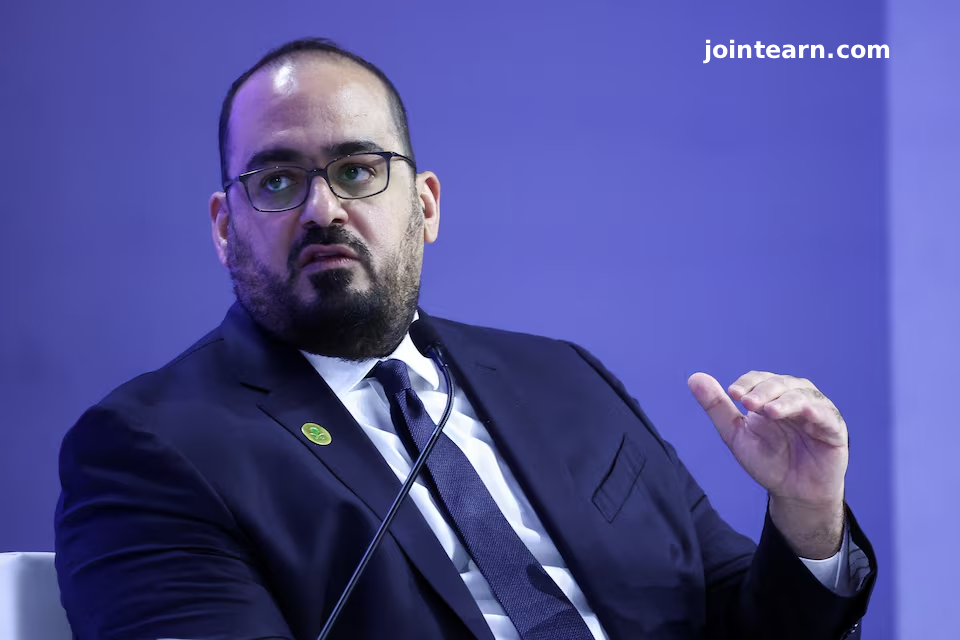
Riyadh, October 29, 2025 – Saudi Arabia’s Minister of Economy and Planning, Faisal Alibrahim, has projected robust economic growth for the kingdom in 2025, with real GDP expected to increase by 5.1%, fueled primarily by the expanding non-oil sector. This announcement underscores Saudi Arabia’s ongoing efforts to diversify its economy and reduce reliance on oil revenues.
Speaking at the Future Investment Initiative (FII) conference in Riyadh on Wednesday, Minister Alibrahim emphasized the nation’s strategic focus on creating a resilient and sustainable economy. “We forecast to close the year in terms of total real GDP growth at around 5.1%, with non-oil GDP expected to reach approximately 3.8%,” Alibrahim said during the panel discussion.
He further highlighted that Saudi Arabia is on a long-term economic restructuring journey, aimed at enhancing productivity and fostering sustainable growth. “We are prioritizing diversifying our economy away from having to rely solely on oil, to become a more resilient economy that witnesses sustainable growth driven by productivity, not just natural resources,” Alibrahim added.
Non-Oil Sector: The Key Driver of Growth
The Saudi Ministry of Finance has forecast a slightly more conservative real GDP growth of 4.4% in 2025, largely propelled by the growth of non-oil activities, with projections of 4.6% in 2026. In addition, the International Monetary Fund (IMF) recently revised its economic growth outlook for Saudi Arabia in 2025 to 4%, citing increased oil production as a contributing factor.
Saudi Arabia, the world’s leading oil exporter, is currently undergoing a comprehensive economic transformation under the guidance of Crown Prince Mohammed bin Salman through the ambitious Vision 2030 initiative. This strategic plan is designed to boost non-oil revenue, increase economic diversification, and reduce dependence on hydrocarbons. Government officials often describe Vision 2030 as the country’s “north star” for economic development.
Challenges and Delays Amid Economic Transformation
While Vision 2030 outlines a roadmap for extensive economic diversification, some of its flagship projects have faced delays due to fluctuating oil prices and a budget deficit. As a result, the government has been compelled to prioritize certain projects while postponing or scaling back others. Despite these challenges, the country remains committed to long-term structural reforms aimed at ensuring sustainable economic growth.
The Saudi economy’s projected growth for 2025 highlights the kingdom’s strategic pivot towards non-oil sectors, which include tourism, entertainment, technology, and renewable energy. These efforts aim to create jobs, attract foreign investment, and secure a stable economic future beyond oil.
Saudi Arabia’s economic trajectory reflects a broader trend among Gulf Cooperation Council (GCC) countries to diversify their economies in response to global energy transitions and fluctuating oil markets. By investing heavily in infrastructure, innovation, and human capital, the kingdom aims to position itself as a regional hub for trade and investment.
As the kingdom progresses toward its Vision 2030 goals, analysts expect non-oil sectors to play an increasingly significant role in driving GDP growth, reducing reliance on hydrocarbon revenues, and fostering a more resilient, diversified economy.
Leave a Reply